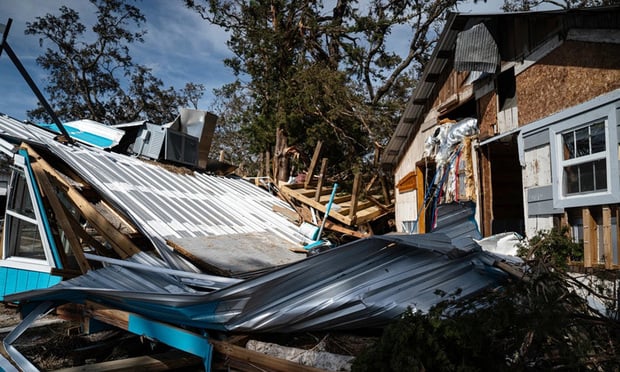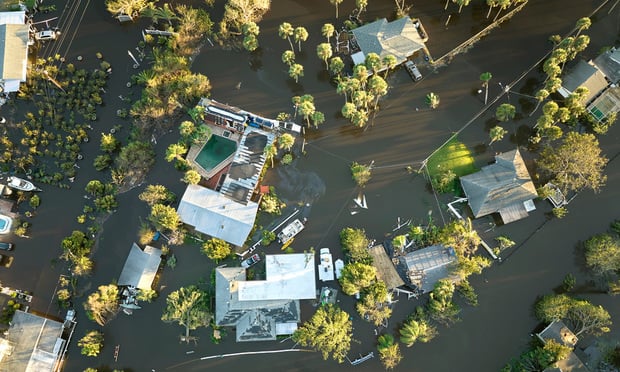Insurance Information Institute
"The 2009 season is a welcome respite from 2008, when hurricanes Gustav and Ike disrupted hundreds of thousands of lives in Louisiana and Texas, and caused $14.65 billion in insured losses," said Dr. Robert Hartwig, an economist and president of the I.I.I. "Profits in an industry like insurance must be seen over the long term. A single hurricane, or a string of large losses, can wipe out insurer profits from previous years, or even decades. And insurers must be prepared to pay for these losses, irrespective of the current economic conditions."
The nine named storms, according to a Colorado State University analysis of the 2009 Atlantic hurricane season, were, in chronological order:
? Tropical Storm Ana (Aug. 15-16)
? Hurricane Bill (Aug. 15-24)
? Tropical Storm Claudette (Aug. 16-17)
? Tropical Storm Danny (Aug. 26-29)
? Tropical Storm Erika (Sept. 1-3)
? Hurricane Fred (Sept. 8-12)
? Tropical Storm Grace (Oct. 5-6)
? Tropical Storm Henri (Oct. 6-7)
? Hurricane Ida (Nov. 4-10)
I.I.I. said that Hurricanes Bill and Fred were categorized as major hurricanes because each reached sustained winds of at least 111 mph at some point during its trajectory. Storms with wind speeds of 111 mph, or higher, are considered a Category 3 hurricane on the Saffir-Simpson scale. Hurricane Ida, which peaked as a Category 2 event, had slowed to a minimal tropical storm before making landfall near Dauphin Island, Ala., in the early hours of November 10, 2009.
Despite their vulnerability to hurricanes, U.S. coastal counties have in recent years become more densely populated. Moreover, the insured value of properties in U.S. coastal counties grew at a compound annual rate of seven percent between 2005 and 2007, a June 2008 AIR Worldwide white paper found. By year-end 2007, the total insured value of property in U.S. coastal counties with hurricane exposure was $8.89 trillion, according to the AIR paper.
"Hurricanes are just one of many natural disasters insurers must consider when assessing risk. Wildfires, tornadoes, and severe winter storms are a continuous threat, too," Dr. Hartwig stated. "Indeed, insurers run their businesses under the assumption that every day is a potential doomsday, because it is."
I.I.I. noted that Swiss Re had issued a study this week citing three separate events where U.S. insurers realized claims totaling in excess of $1 billion: February 2009 winter storms that featured heavy rains; a series of April tornadoes; and June thunderstorms, which were accompanied by high winds.
Want to continue reading?
Become a Free PropertyCasualty360 Digital Reader
Your access to unlimited PropertyCasualty360 content isn’t changing.
Once you are an ALM digital member, you’ll receive:
- Breaking insurance news and analysis, on-site and via our newsletters and custom alerts
- Weekly Insurance Speak podcast featuring exclusive interviews with industry leaders
- Educational webcasts, white papers, and ebooks from industry thought leaders
- Critical converage of the employee benefits and financial advisory markets on our other ALM sites, BenefitsPRO and ThinkAdvisor
Already have an account? Sign In Now
© 2024 ALM Global, LLC, All Rights Reserved. Request academic re-use from www.copyright.com. All other uses, submit a request to [email protected]. For more information visit Asset & Logo Licensing.








